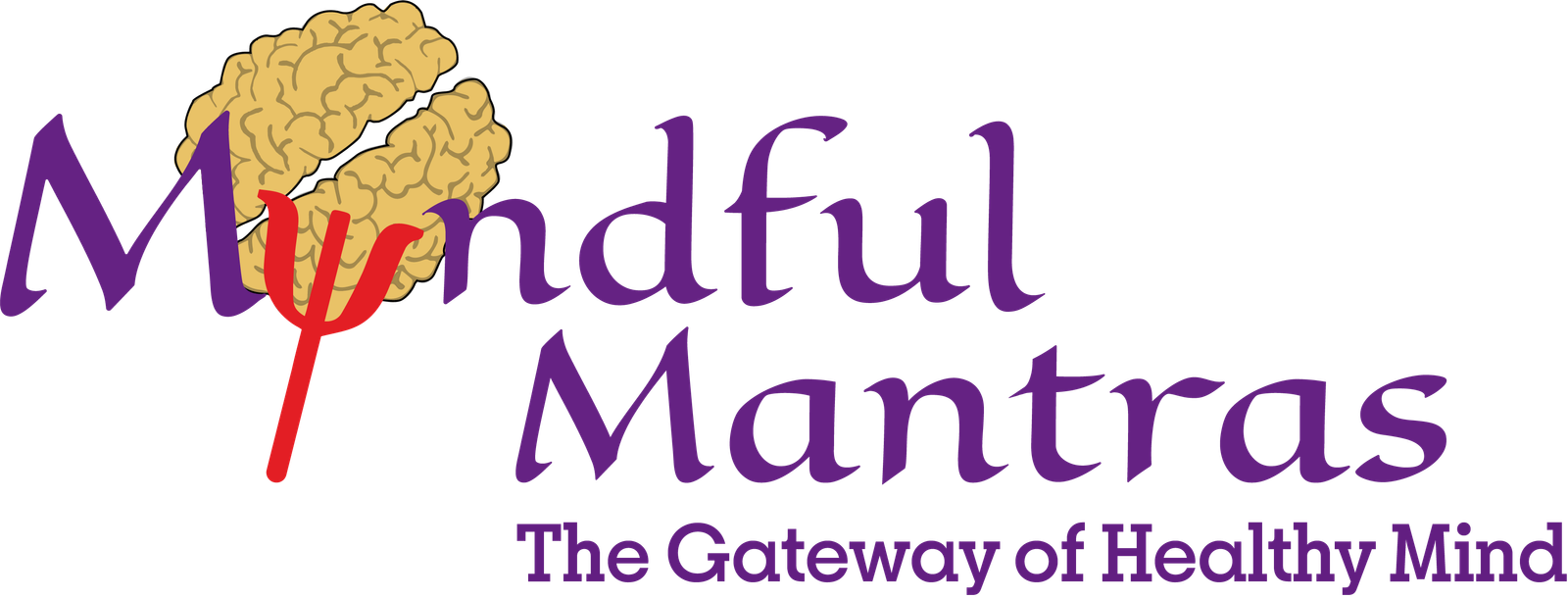What Is Defense Mechanism?
Defense Mechanisms are an unconscious strategies people use to reduce anxiety or unacceptable thoughts or feelings by hiding the source of the anxiety from themselves and Others.
We use defense mechanisms to protect ourselves from feelings of anxiety or guilt, which arise because we feel threatened, or because our mind becomes too demanding.
Defense Mechanisms are natural and normal upto the some extent, because they can serve a useful purpose by protecting us from unpleasant information.
Type of defense Mechanism
1.Denial : Refuse to accept or acknowledge an anxiety producing event.
Eg. 1. Aditya is chain smoker and he refuse to admit that smoking is injurious for his health.
2. A student may refuse to recognize their obvious lack of preparedness for an exam.
2.Repression : unacceptable or unpleasent impluses are pushed back into the uncouncious.
Eg. 1. Natasha’s mother’s occasional murderous impulses towards her hyperactive 2-year old child are denied access to awearness.
2. In the oedipus complex, aggressive thoughts about the same sex parents are repressed and pushed down into the unconscious.
3.Displacement : The expression of an unwanted feeling or thought is redirected from a more threatening, powerful person to a weaker one.
Eg. 1. Ashok is frustrated because of his superior boss, therefor to displace his anger at home he kicked the dog or beaten up a family member, or engage in cross-burnings.
2. Neha argued with her in-laws at home she slaps her 5 years old daughter for not keeping things on place.
4.Projection : An individual attributes unwanted or unaccepted thoughts, feelings and motives onto another person.
Eg. 1. John who is angry at his father acts lovingly to his father but complains that his father is angry with him.
2.Sara Says “You Envy me” while sara really envies the other person.
5.Regression : people behave as if they were at an earlier stage of development which involves less mature behavior and responsibility.
Eg. 1. Amit giggles uncontrollably when he was introduced into a social situation to the person of opposite sex.
2. A boss shows temper tantrum when an employee showed his mistake.
6.Sublimation : people divert unwanted impulses into socially approved thoughts feelings or behavior.
Eg. 1. Sandy is sexually frustrated artist; he paints wildly erotic pictures.
2. Sports is an example of putting our aggression (Emotions) into constructive behaviour.
7.Rationalization : People involve cognitive distortion of “the facts or reality” to make an event or an impulse less threatening.
Eg. 1. When Shrinivas finds a situation difficult to accept, he start making up a logical reason why it had happened.
2. Radha was passed over for an award, but says she didn’t really want it in the first place.
Thought Defense Mechanism serve a helpful role by protecting our ego from stress and providing a healthy outlet. In other instances, these defense mechanisms might hold you back from facing reality and can act as a form of self-deception.
If you notice yourself or someone who overuse of certain defense mechanisms and having a negative impact on life, consider consulting with a mental health professional.
Thank You Shreya Kulkarni Joshi Myndful Mantras Clinical Psychologist

